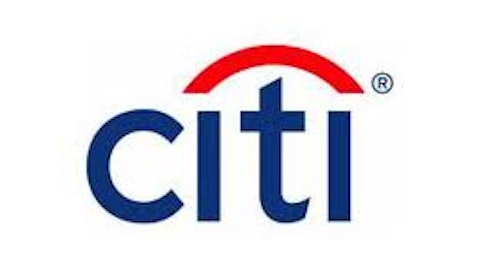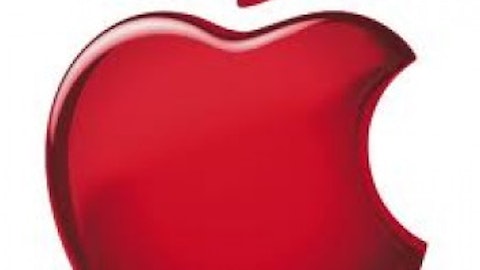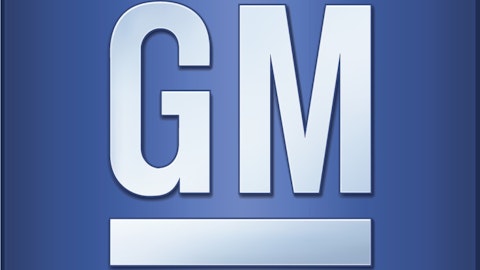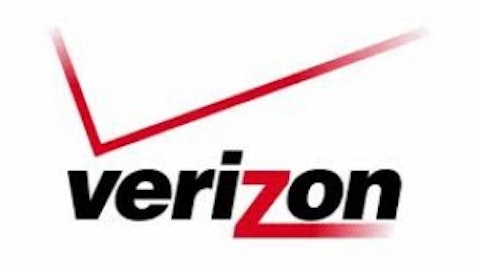Cray Inc. (NASDAQ:CRAY) sold more than 80 additional Cray-1s at a price of $5 million to $8 million apiece. The supercomputer had capabilities roughly equivalent to the clock speed of an 80 megahertz microprocessor, which could be found in PCs by 1994. The first iPhone, released 30 years after the Cray-1, ran at more than 400 megahertz and was originally priced starting at $499, thus offering more than five times the speed at 0.008% of the cost.
Of course, by that point, Cray Inc. (NASDAQ:CRAY) had long since moved on. The Cray XT5, released in late 2007, resulted in one variant called Jaguar, which, after its latest upgrades, contained 224,256 Advanced Micro Devices, Inc. (NYSE:AMD) Opteron processors running at 1.75 petaflops. Used by the Oak Ridge National Laboratory to model complex scientific problems, this supercomputer computes at roughly 450,000 times the speed of the original iPhone — and it should, because at $104 million, it cost about as much as 200,000 iPhones.
The Dow thinks long-term
Both AT&T Inc. (NYSE:T) and United Technologies Corporation (NYSE:UTX) joined the Dow Jones Industrial Average on March 4, 1939. It was a second go-around for both companies, and it would prove far more successful than the first. AT&T had been inducted in 1916 and removed in 1928, and United Technologies — then United Aircraft — had previously enjoyed a one-year position from 1933 to 1934, which followed another brief membership as one of the parts of aviation monopoly United Aircraft and Transport Corporation. The 1939 reinduction would prove far more durable, as both companies have enjoyed uninterrupted membership ever since.
The Dow made a wise decision in adding these two venerable businesses. AT&T served approximately 15.8 million telephones in 1938 throughout the Bell System, generating $152 million in profit and paying out annual dividends of $9 per share for a yield of roughly 5.8%. A bear market double-whammy from 1937 to 1939 reversed the company’s momentum of earlier years, but this was true for many companies, as “corporate income in 1938 probably was at the lowest level in five years,” according to a New York Times commentary published at the start of 1939. Aviation was an exception: United Technologies saw its net income grow by 31% to approximately $4.8 million due to increasing military mobilization in the shadow of World War II.
In the course of these two companies’ 74-year index tenure, each has posted market-beating profit growth. United Technologies’ bottom line has grown at an annualized rate of 9.8%, and AT&T’s net income has grown 5.4% per year — which becomes an annualized growth rate of 6.8% if we instead look at free cash flow, which is a better metric for assessing telecom health and wasn’t available to investors in 1939. The Dow, by comparison, has grown 6.3% per year since adding these two companies.
The article A Whole New World of Investment Possibilities originally appeared on Fool.com.
Fool contributor Alex Planes has no position in any stocks mentioned. The Motley Fool has no position in any of the stocks mentioned.
Copyright © 1995 – 2013 The Motley Fool, LLC. All rights reserved. The Motley Fool has a disclosure policy.





